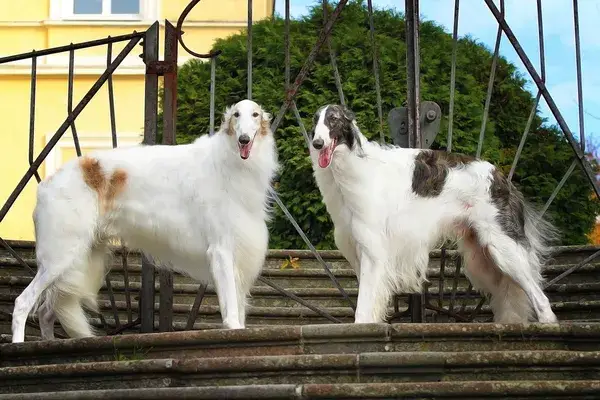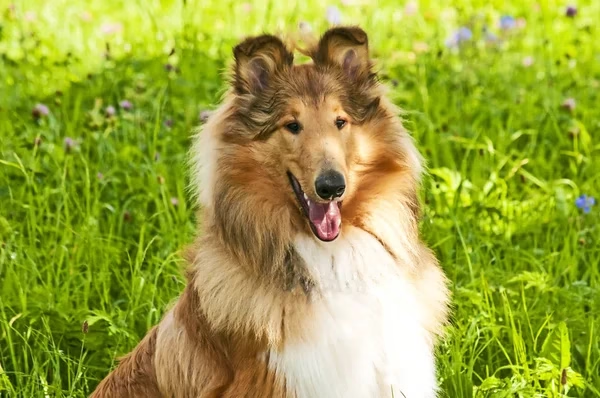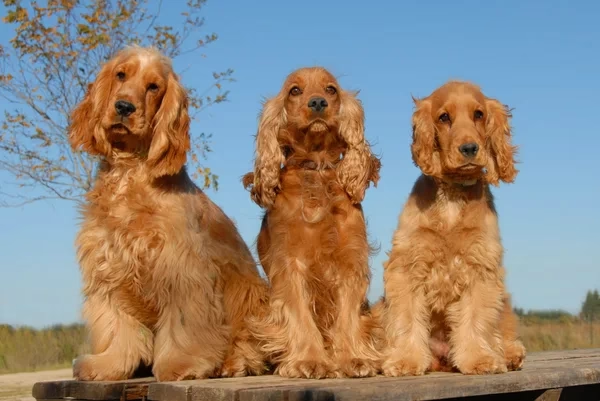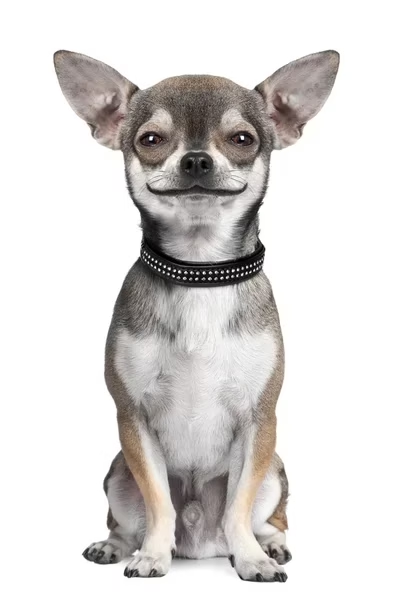
Introduction: Meet the Borzoi
The Borzoi, also known as the Russian Wolfhound, is a regal and graceful sighthound that commands attention with its flowing coat and calm demeanor. Once favored by Russian aristocracy for hunting wolves, the Borzoi today is admired for its gentle nature and striking appearance.
But beneath the beauty lies a complex breed with unique needs. In this guide, we’ll explore the Borzoi’s temperament, history, care requirements, and answers to popular questions like why they don’t live long or why they’re so rare.
Breed Overview: Quick Facts About the Borzoi
| Trait | Description |
|---|---|
| Origin | Russia |
| Group | Hound |
| Height | 26–32 inches (66–81 cm) |
| Weight | 60–105 lbs (27–48 kg) |
| Lifespan | 7–10 years |
| Coat | Long, silky, wavy or flat |
| Colors | White, black, brindle, gold, sable, or a mix |
| Temperament | Calm, gentle, dignified |
| Energy Level | Moderate |
| Trainability | Fair; independent thinker |
| Good with Children | Yes, with supervision |
History and Purpose of the Borzoi
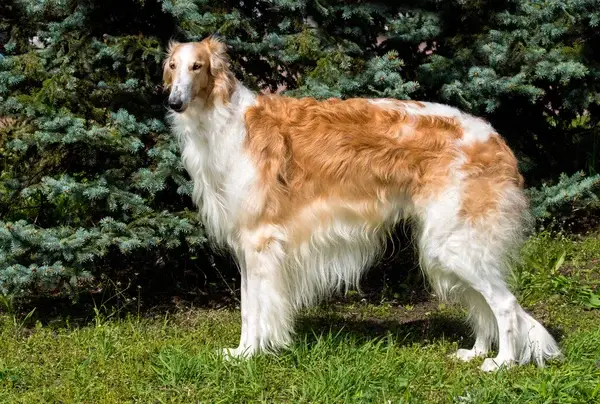
The Borzoi’s origins date back to the 17th century in Russia. Bred by nobles for the specific task of hunting wolves, Borzois were often released in pairs to chase prey across open plains. Their speed, agility, and sharp eyesight made them ideal hunters.
These dogs became symbols of elegance and were often featured in Russian art and literature. Unfortunately, many were lost during the Russian Revolution, but dedicated breeders helped preserve the line outside of Russia.
Appearance and Physical Traits
Borzois have an aristocratic look with a long, narrow head, deep chest, and a sleek, elongated body built for speed. Their feathered tail and flowing coat contribute to their elegant profile.
Despite their size, they move with surprising lightness and grace. Their coat varies from flat to curly and requires moderate grooming.
Temperament and Behavior
Borzois are calm, independent, and very affectionate with their families. However, they are not as eager to please as some breeds, which can make training a challenge. They tend to bond closely with their owners and prefer quiet environments.
Although they may seem aloof with strangers, they are rarely aggressive. Their prey drive is strong, so they may chase cats or small animals outdoors.
Are Borzois Good Family Dogs?
Yes, Borzois can make excellent family dogs for households with older children and a calm routine. They thrive in peaceful homes and are generally good with respectful kids. However, due to their independent streak and sensitivity, they are best suited for experienced dog owners.
Why Do Borzoi Not Live Long?
One of the most common questions about the Borzoi is their relatively short lifespan—usually 7 to 10 years. This is primarily due to:
- Large body size (larger breeds typically live shorter lives)
- Genetic predisposition to conditions like bloat (gastric torsion), cancer, and heart problems
- Low pain tolerance, which may delay recognition of serious issues
Regular vet checkups, proper nutrition, and avoiding strenuous activity after meals can help extend their life expectancy.
How Expensive Is a Borzoi Dog?
Borzoi puppies from reputable breeders typically cost between $1,800 and $5,000 USD, depending on bloodline, pedigree, and location. Their cost is influenced by:
- Rarity and demand
- Breeding practices
- Health screening and care provided
Ongoing expenses include high-quality food, grooming, vet care, and training.
Why Are Borzois So Rare?
Borzois are rare for several reasons:
- Low litter frequency: Breeders prioritize health over quantity.
- High maintenance: They require a committed owner.
- Limited appeal: Not everyone can handle their size and exercise needs.
- Niche demand: Not as versatile as Labradors or Retrievers.
Moreover, many breeders are selective, often only producing a few litters per year.
Are Borzois Wolf Killers?
Historically, yes—Borzois were bred to hunt wolves. However, this doesn’t mean modern Borzois are aggressive. Their hunting ability was based on their speed, teamwork, and chase instinct rather than brute force.
Today’s Borzois are far removed from their wolf-chasing ancestors and are more likely to nap on your sofa than track wild animals.
Living With a Borzoi
Best Home Environment:
- Spacious homes with fenced yards
- Quiet households
- Not ideal for apartments unless well-exercised
Exercise Needs:
- Daily walks
- Occasional sprinting in a safe, enclosed area
- Mental stimulation with puzzle toys or light training
Training Tips:
- Use gentle, consistent methods
- Avoid harsh corrections
- Begin socialization early
Grooming and Health
Grooming Needs:
- Brush 2–3 times weekly
- Occasional baths
- Trim nails monthly
- Clean ears regularly
Common Health Concerns:
- Bloat (gastric torsion)
- Osteosarcoma (bone cancer)
- Heart conditions
- Hypothyroidism
Always get Borzois from breeders who screen for these conditions.
Pros and Cons of the Borzoi
| Pros | Cons |
|---|---|
| Elegant and quiet | Short lifespan |
| Affectionate with family | Independent and stubborn |
| Low barking tendency | Strong prey drive |
| Doesn’t need excessive exercise | Grooming needs can be moderate |
Fun Facts About Borzois
- Borzoi means “swift” in Russian.
- They were once owned by Russian tsars and gifted to royalty across Europe.
- Their top speed can reach up to 40 mph.
- They are featured in artworks by famous painters like Lucian Freud and Gustav Klimt.
Final Thoughts: Is the Borzoi Right for You?
The Borzoi is a noble and peaceful companion for the right owner—someone who values grace, independence, and quiet loyalty. They’re not ideal for every lifestyle, but if you can meet their needs and appreciate their unique personality, a Borzoi can be an incredibly rewarding addition to your home.
👉 Looking for more breed guides? Check out our article on how to choose the right pet for your lifestyle.
👉 For more breed standards and history, visit the Borzoi breed profile at the AKC.
